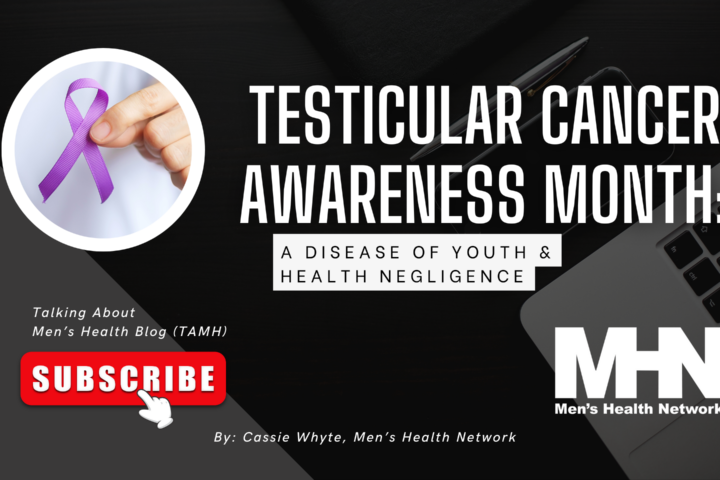As a menopause care provider, I usually have these discussions with women. But you’d be surprised how many men also want to talk about how intimacy is changing–or has disappeared- -as their wives navigate menopause.
First, some definitions of terms: Perimenopause precedes menopause. The systems that have kept periods regular and supported pregnancy and childbirth are shifting gears. Hormone levels can fluctuate wildly, which means that symptoms can also vary from week to week. Menopause follows, officially marked by one year without menstruating. Hormones aren’t fluctuating any more, but they’re in decline, which has a number of continuing effects. Hot flashes get the T- shirts, but there’s not so much discussion about other effects of menopause, including memory and concentration challenges, sleep issues, dry skin, weight gain, loss of bone density and more. (I recommend The Menopause Guidebook, from the North American Menopause Society, for a solid introduction.)
And there are some effects on women’s sexuality. Genital tissues are less elastic, less apt to lubricate naturally. Tissues actually shrink over time without estrogen. And the hormones that contribute to women’s arousal are in shorter supply.
None of that means that it’s over. It does mean, though, that “business as usual” isn’t going to be satisfying for either of you any more. The conversations I have with men are typically in casual or social settings, so I can’t go as far as I’d like to. If I had the time, I’d walk through the model of female sexuality outlined by Rosemary Basson, MB, FRCP, of the University of British Columbia. Because it acknowledges the complexity of women’s sexuality, the model is especially helpful to women–and the men who love them–at midlife and beyond.
Rosemary’s model is cyclical, which means that physical intimacy leads to emotional intimacy. But it’s also true that for many women–in my experience, even most women–emotional intimacy is a prerequisite to desire. And that leads to Step One: Make time for your relationship. I know because I experience it myself that midlife is demanding: care for parents, for children even though they’re grown, work, social engagements the adjustments that come with your retirement or hers. It takes intention to make your relationship a priority. I believe in date nights!
And date nights are a good opportunity to practice Step Two: Remember the romance. You know best what’s most meaningful to your partner. Flowers and chocolate are easy, but it could be that a couple hours of help in the garden or an affectionate note left on a steering wheel that best send the message that you cherish your partner. When she’s navigating physical changes, it can be especially meaningful to be reminded that you think she’s beautiful–and sexy–when she may not be feeling that way about herself.
And speaking of how she’s feeling, you may need Step Three: Fan the flames. Rosemary’s research suggests that women are generally more responsive than spontaneous. Complicating that, sometimes women experience less desire as their hormones diminish. They may not initiate as often, and they may need stronger signals. The most important thing for you to keep in mind is that this is Not. About. You. Adding guilt or concern over hurt feelings to the mix will take you both in the wrong direction. Instead, look for opportunities to connect. Offer–or ask for- -a massage. Use some warm scented oils. Bathe together, or bathe each other. Cuddle on the couch with her. Turn off your phone and give her your complete attention.
When the romance leads to intimacy, keep in mind Step Four: Linger with foreplay. This may be the concern I hear most from women in my practice. As hormones diminish and tissues become more fragile, women need more time and attention. (As it happens, men often benefit from more time and attention, too–a happy coincidence.) The hormonal response is just a little slower, and charging ahead can mean discomfort or pain, which can mean–you guessed it–less interest next time you’re in the mood. Massage oils and lubricants can add both fun and function when tissues are dry.
Step Five: Use reading glasses. Okay, that’s a euphemism. I encourage women at midlife to explore tools that can help them, most often vibrators that increase stimulation and satisfaction. As I see it, introducing aids like these is no different from using reading glasses to read fine print. Just last week, though, another patient told me she didn’t want to insult her husband by implying that he wasn’t enough. If you want to overcome that hesitation, offer up the options yourself. Tell her that her pleasure fuels your pleasure. Assure her that your desire for her and to maintain the intimacy that you’ve enjoyed are at the top of your list. Shopping together at a website like MiddlesexMD can be an erotic experience all by itself.
While you’re talking, follow Step Six: Talk about what’s changing and what will satisfy you both now. Your partner will be grateful that you’re clearly navigating “the change” together, not leaving her on her own. And if you talk about erectile dysfunction, medication side effects, your bad back, or anything else that’s affecting your performance or satisfaction, you can eliminate some of your own anxiety. Being vulnerable to each other is part of the nature of sex–a particularly enriching part.
If the time and the place were right, I’d tell men these six steps, and this very most important question to ask their midlife partners: What shall we do differently for this next chapter? The answer is important to both of you.



